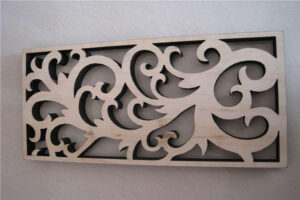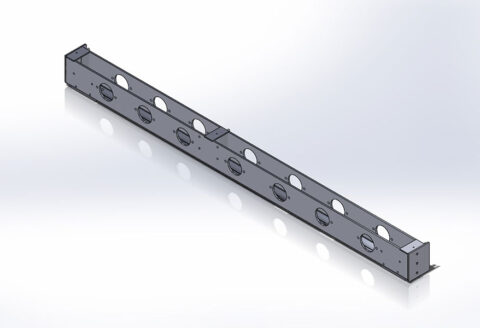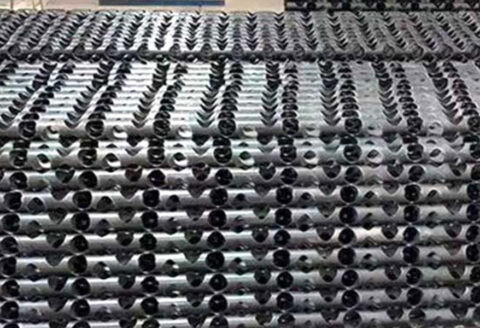1. The determination of the workshop reverberation time and the noise value of each noise source: the reverberation time refers to that the indoor sound reaches a stable state. After the sound source stops sounding, the residual sound is reflected back and forth in the room and absorbed by the wall, and the average sound energy density drops to the original The value of one millionth of the time. The longer the reverberation time, it means that the sound is reflected many times in the workshop, and the energy decay rate is slow. Under the same sound source, the workshop with long reverberation time will have more noise than the workshop with short reverberation time.
2. The choice of sound-absorbing material: the sound-proof board is composed of 5 parts. The noise enters the sound-absorbing cotton through the small holes of the perforated board. One part is converted into heat energy by the vibration of the glass wool filament and the other part is isolated by the outer steel plate. The purpose of suction separation. (1) The outer steel plate with a thickness of 2mm plays the role of sound insulation and support, and is the outer surface of the sound-absorbing panel.https://ycncmachining.blogspot.com/ (2) The middle part of the sound-absorbing panel is made of sound-absorbing material, made of glass wool, which is used to absorb sound energy and is the main component of the noise-reducing material. (3) The fiberboard is pasted on the outside of the sound-absorbing cotton to prevent the sound-absorbing cotton from falling. (4) The sound-permeable film is attached to both sides of the sound-absorbing cotton to prevent moisture and prevent the sound-absorbing cotton thread from falling off the mesh of the inner perforated plate.

3. Sealing treatment of sound-absorbing panels: Since the sealing treatment of the entire laser cutting line is to splice multiple small sound-absorbing panels into a closed body, in order to ensure the noise reduction effect, it is necessary to control the gap between each sound-absorbing panel during design and manufacturing. Generally, it is 1 to 2 mm. In order to prevent noise from passing through these gaps to affect the noise reduction effect, sealants are usually used to seal the gaps.
4. Lighting treatment: After the closure project is implemented, the interior of the equipment is isolated from the external workshop lighting, so a lighting system needs to be added to the enclosed body. In order to ensure the lighting required for production and later equipment maintenance, the design illuminance reaches more than 500 lumens. The lighting system in the enclosed body is individually wired and switched independently to ensure convenient use and does not affect the original power supply system. In addition, in order to prevent sudden power outages in the workshop, an emergency lighting system was installed in the enclosure to ensure the safety of equipment and personnel.
5. Ventilation treatment: Due to the heat generated by the operation of the equipment itself, combined with the insulation properties of the sound-absorbing material glass wool, the temperature inside the production line is often 3 to 5°C higher than the outside after it is closed. In the implementation of noise reduction projects, an exhaust fan is usually installed on the top of the soundproof wall to draw out the hot air in the enclosed space, so as to form a negative pressure inside, and external air can flow into the inside through the soundproof wall. When selecting the exhaust fan, choose a low-noise fan so as not to affect the noise reduction effect.
If this article is helpful to you, please continue to pay attention to our website, we Dano will serve you wholeheartedly!


